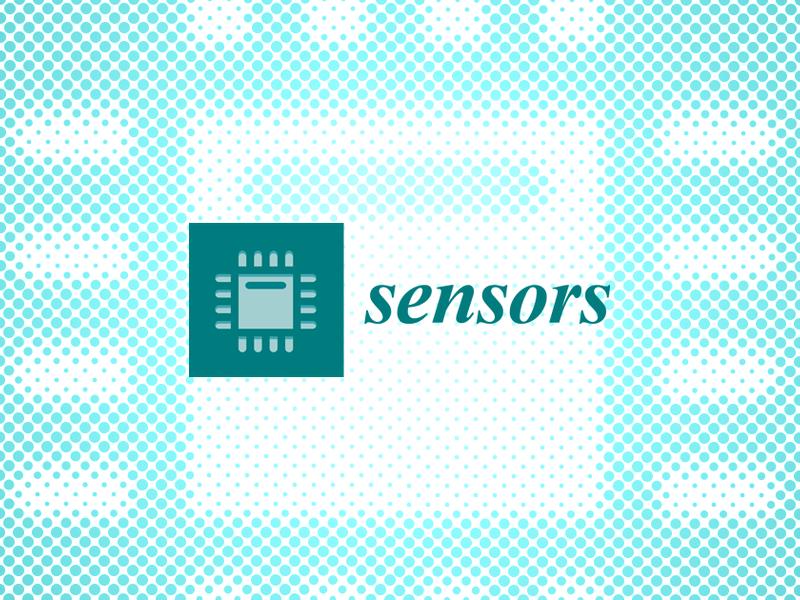This article discusses the importance of exploring new solutions that leverage wireless sensor networks, smart objects, digital twin, edge-fog-cloud computing, artificial intelligence, machine learning, and reinforcement learning for reaching ambient intelligence. It also highlights the need for contributions from the academic and industrial communities in the fields of computer science, human-computer interactions, electronics, control systems, and telecommunications to introduce new paradigms, algorithms, methodologies, and applications for ambient intelligence based on the Internet of Things.

